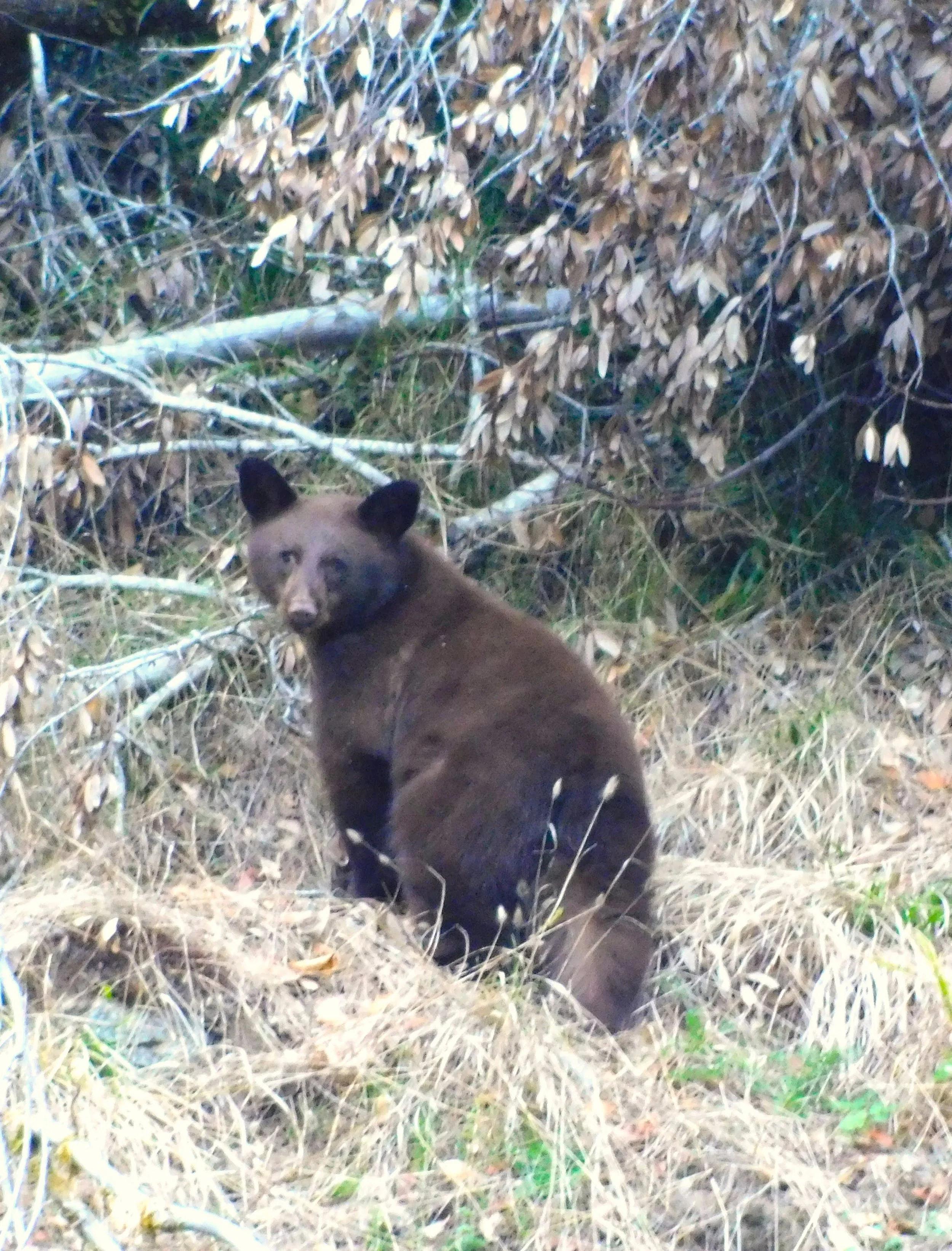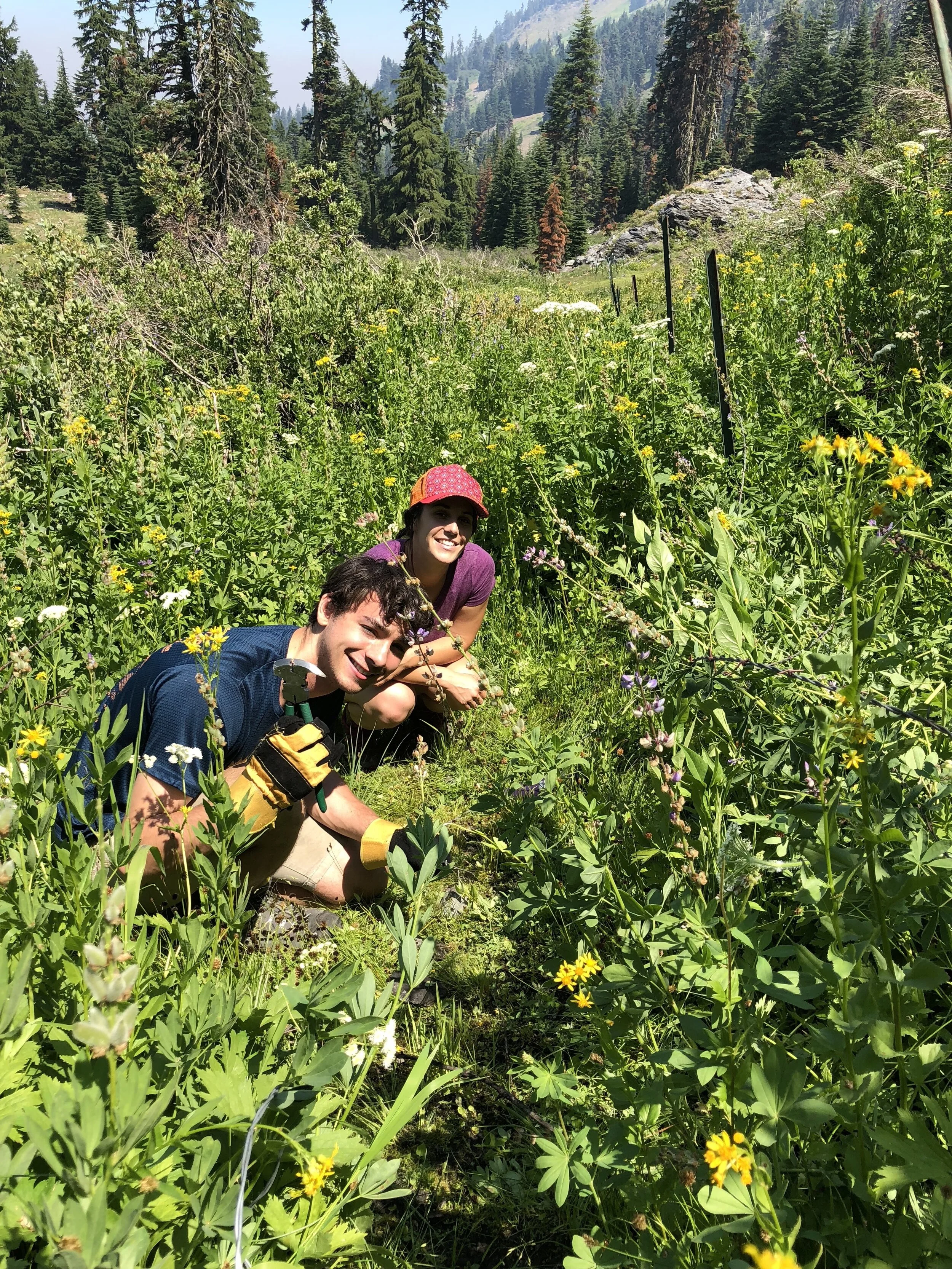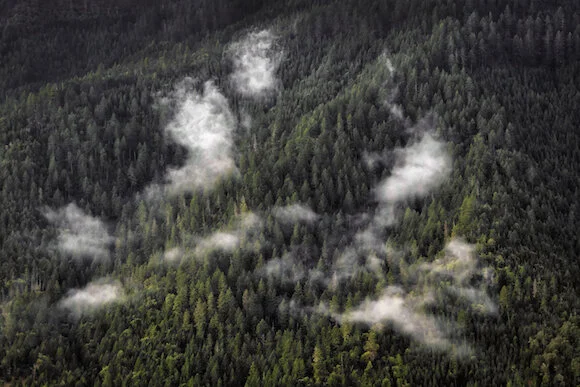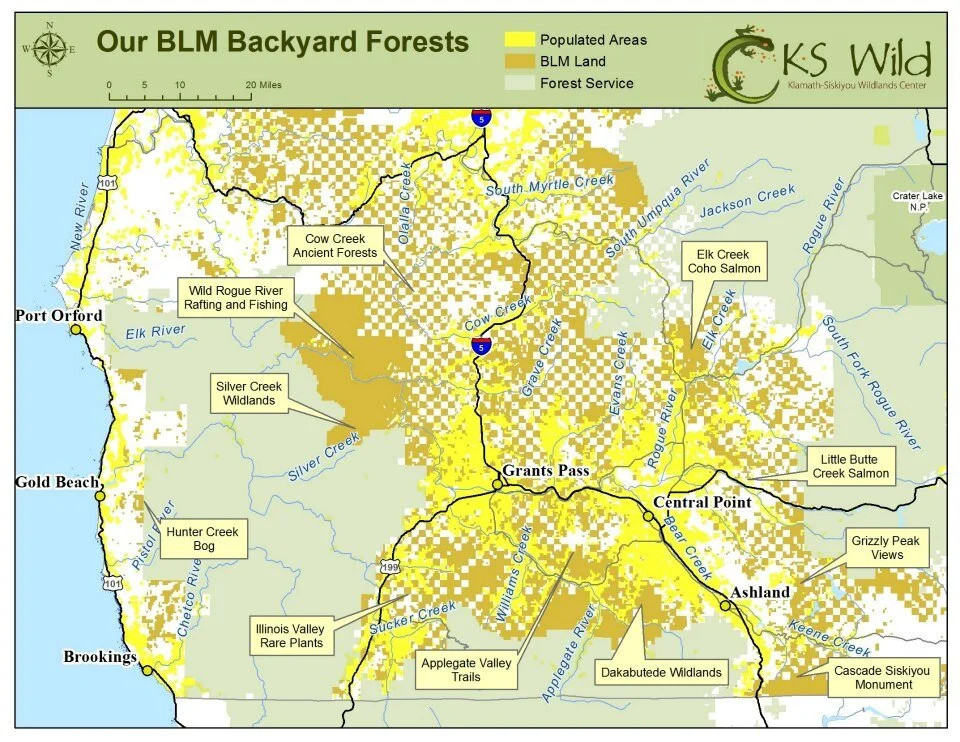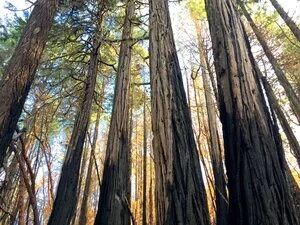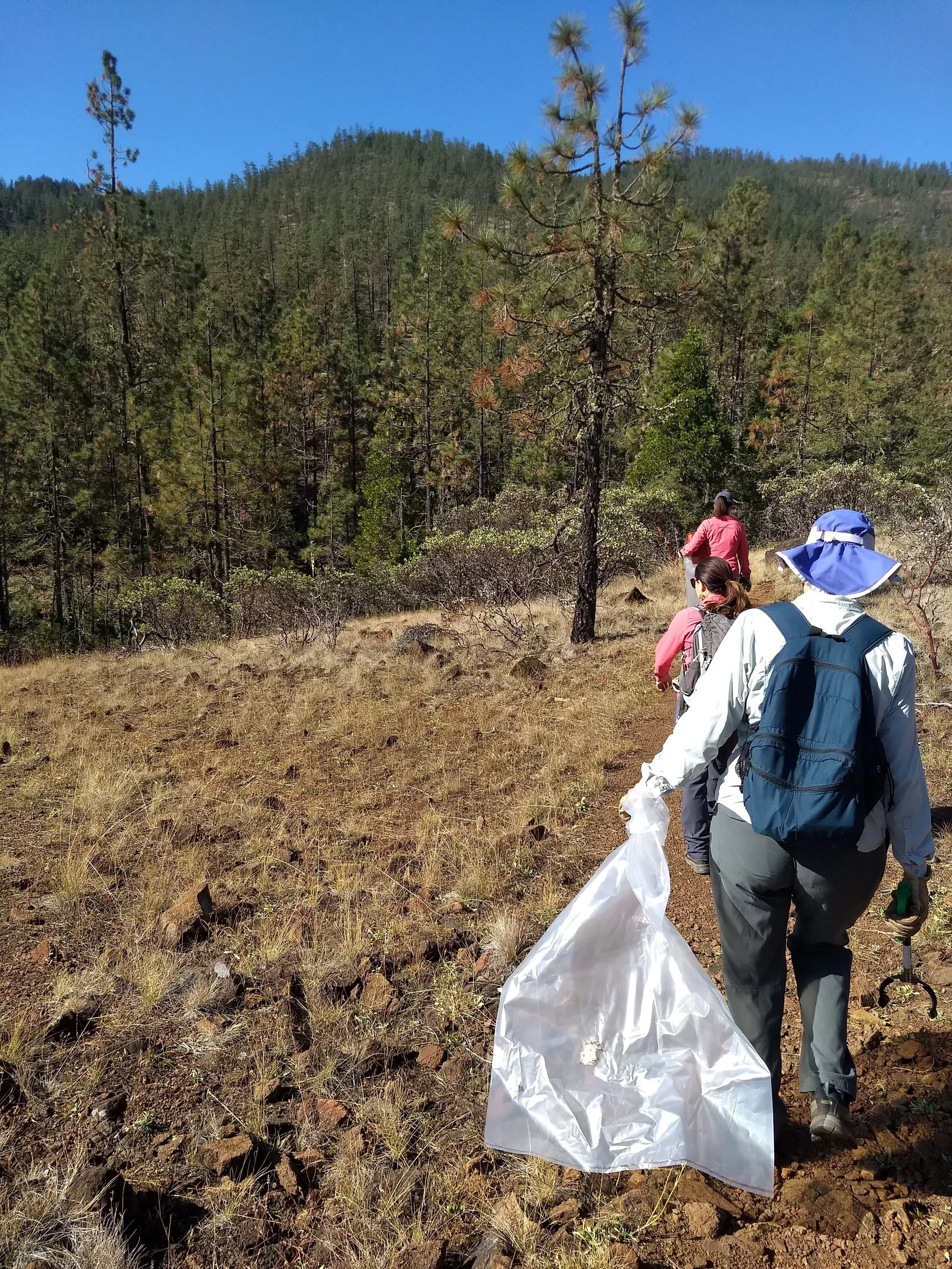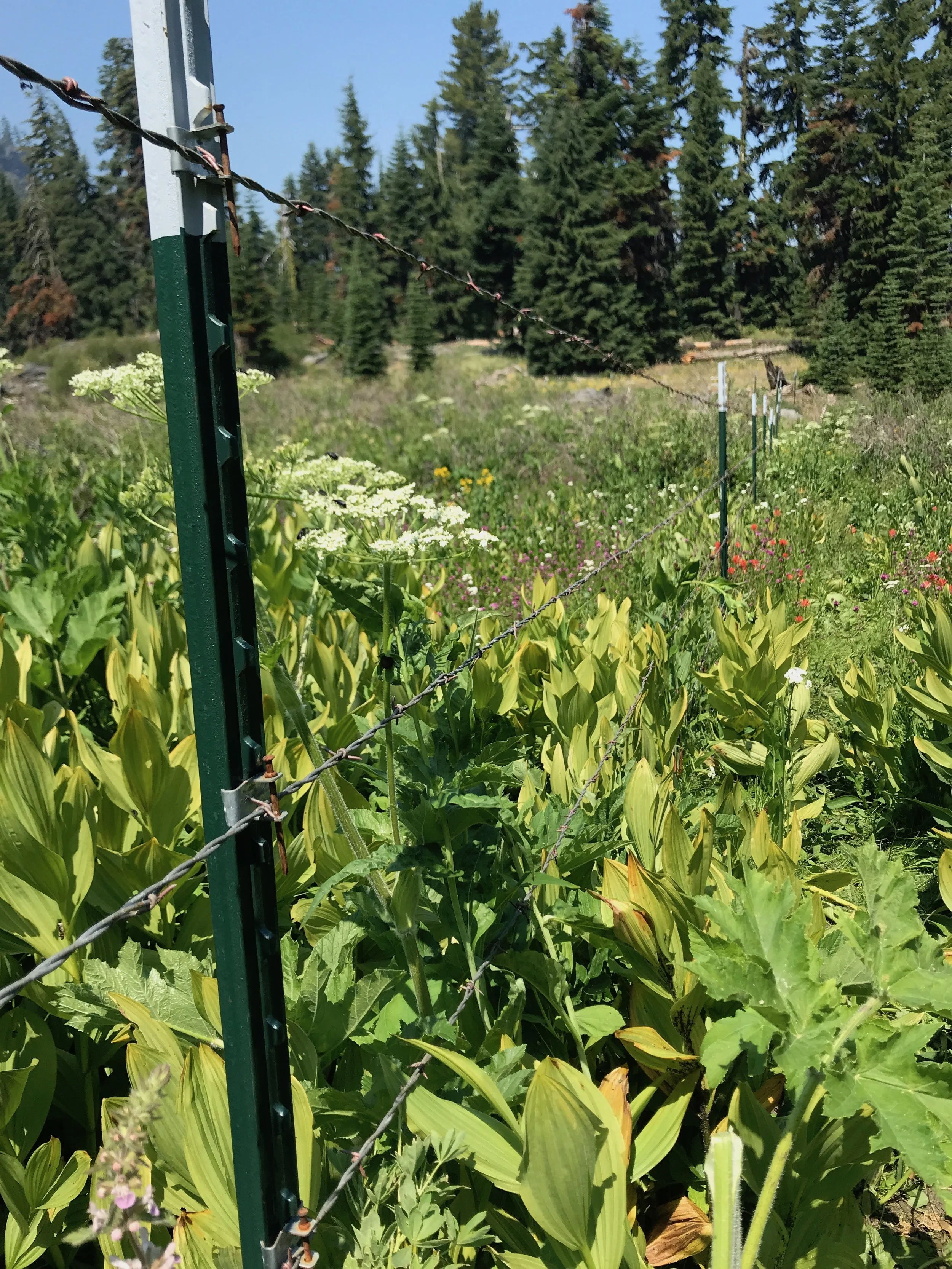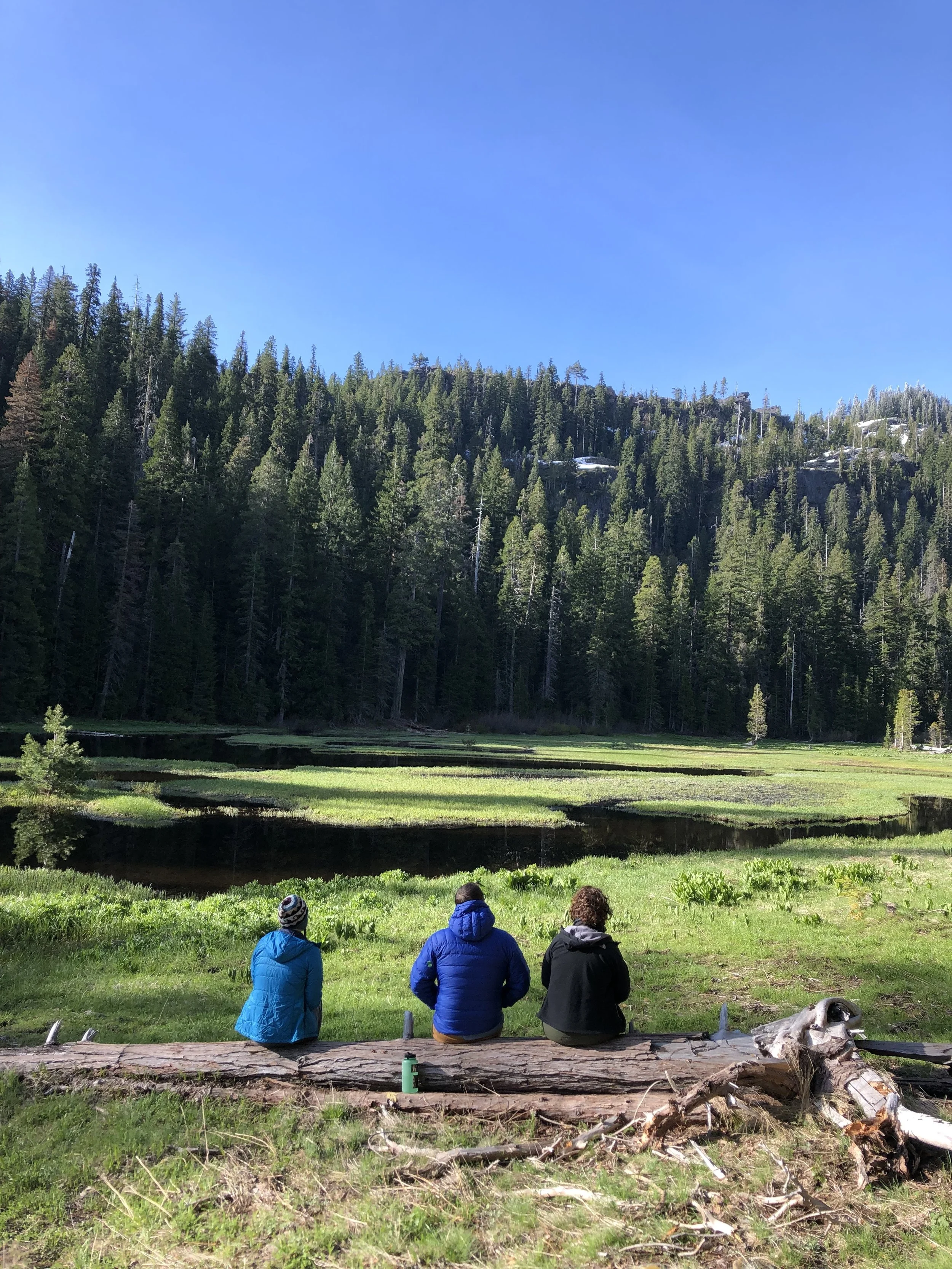Prescribed fire can have many benefits. It can reduce fine fuels, brush and small trees and reduce subsequent fire severity. It can help forests become more resilient in the face of climate change. Read more about prescribed fire policy at this KS Wild Blog Post .
Read MoreThe US Forest Service recently announced a 10-year, multibillion-dollar plan to reduce wildfire risk on up to 50 million acres that border vulnerable communities throughout the country. Read KS Wild’s summary of the plan and how it will impact our work and our region.
Read More"Integrated Vegetation Management for Resilient Lands" (IVM) sure sounds great doesn't it? Unfortunately, those flowery words are agency-speak for logging old-growth forest reserves down to 30% canopy cover and creating four-acre mini-clearcuts across the landscape in southwestern Oregon.
Read MoreAmerica’s road network, as currently designed, is a major impediment to wildlife migration. The passage of HB 4130-1 in the legislature this year is particularly important to the prospect of building wildlife crossing in our region. Read more about KS Wild’s work as a partner in the Southern Oregon Wildlife Crossing Coalition (SOWCC), focusing on improved wildlife passages on Interstate 5 between Ashland and the California state line along the Siskiyou Crest.
Read MoreThis past summer and fall, KS Wild staff along with a few volunteers were hard at work conserving and protecting two of our favorite botanical areas and places of deep concern: Eight Dollar Mountain in the Illinois Valley and Alex Hole on the Siskiyou Crest. These two areas are rich in botanical biodiversity, and also threatened by poor management and misuse. Our dedicated team of volunteers and staffers have been working on restoration projects at both sites.
Read MoreKS Wild partners with the Forest Service and local community members to protect and defend the natural resources of the Eight Dollar Mountain and Days Gulch botanical areas, which are nestled on the edge of the Kalmiopsis Wilderness and along the Wild & Scenic Illinois River.
Read MoreFifty years ago today, on April 22, 1970, millions of people took to the streets across the country to observe the very first Earth Day. That first Earth Day wasn’t a celebration, it was a historical moment of collective action, bringing together peace activists and environmental advocates, all of whom were speaking out to demand justice for the planet and all who call it home.
Read MoreMuch of the Bear Grub timber sale is located in the so-called “harvest land base” where the BLM has directed itself to log regardless of the impacts to neighbors, wildlife, or watersheds.
Read MoreIn 2019, KS Wild volunteers made Oregon’s Klamath-Siskiyou region wilder and healthier in a myriad of ways. Their spectacular progress over the course of this year raises the bar for what a group of dedicated volunteers and partner organizations can accomplish together.
Read MoreTo be the eyes and ears of public lands defense requires KS Wild’s ForestWatch staff to be diligent in how we approach the scope of our work. Read about our plans for 2020, which defending public lands in a number of vital ways.
Read MoreIn late November 2019, a Washington D.C. judge ruled that 2.5 million acres of public forests managed by BLM in western Oregon have a timber-first mandate. If this ruling is upheld, the fate of these public lands will include more ancient forests turned to stump fields, at the expense of our climate, our communities, and our water security.
Read MoreKS Wild, the Applegate Neighborhood Network (ANN), and the Rogue River Siskiyou National Forest partnered to host a native grass planting stewardship event up on the Siskiyou Crest at Big Red Mountain, a botanical area that is being damaged by unauthorized off-highway vehicle use.
Read MoreInstead of continuing the century-old practice of trying to suppress wildfires, we need to learn from the our native American forebears how to use controlled burns to keep our Klamath-Siskiyou forests healthy and biologically diverse.
Read MoreThe morning of September 21st, KS Wild gathered with volunteers and the Forest Service along the banks of the Wild and Scenic Illinois River to celebrate National Public Lands Day and protect this area from illegal Off Highway Vehicle (OHV) use. See a slideshow of our stewardship action that day!
Read MoreAlex Hole is a high elevation wet meadow, and every year cattle from the adjacent Klamath National Forest “drift” over the Crest and trample it, destroying fragile plants and whole ecosystems. Each year, KS Wild volunteers sets up a fence to protect from the cattle.
Read MoreFor five days in May, KS Wild leads a raft-supported hike along the Rogue River. This guest post by Tuula Rebhahn details the journey along the river and the adventure that awaits you!
Read MoreThe Red Buttes Wilderness offers large trees, expansive wildflowers, and crystal clear creeks. Here, Conservation Director George Sexton shares a favorite trail in what was once known as the “Applegate Alps.”
Read MoreThe U.S. Senate passed the Natural Resources Management Act (S. 47), including the Oregon Wildlands Act (S. 1548), the Frank and Jeanne Moore Wild Steelhead Act (S. 513/H.R. 1308), and the reauthorization of the Land and Water Conservation Fund,. The package now heads to the U.S. House where we are hopeful it will pass and be signed into law.
Read MoreWhen the BLM uses taxpayer dollars to plan controversial public lands logging projects, like the Pickett West native forest timber sale, you have a right to know what they are up to. Transparent public lands management is at the heart of how government is supposed to function in our Democracy.
Read MoreThe Klamath National Forest intends to remove 200-400 year-old trees and snags from the landscape to make room for dense timber plantations that offer sparse value to the forest ecology.
Read More



